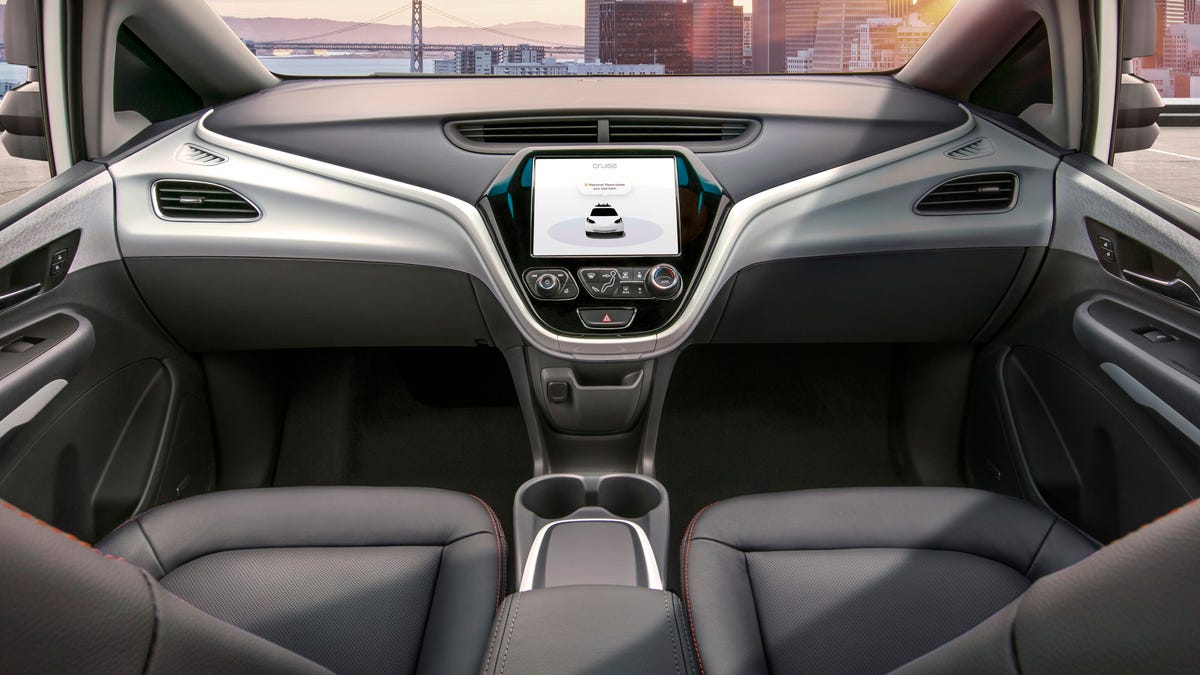GM gets flak for lobbying NHTSA to waive standards for faster AV deployment
At the rate Congress moves, you can't fault GM for trying.

General Motors wants a fleet of autonomous vehicles on the road for use as a ride sharing fleet. Problem is, the AVs GM has in mind lack some very much legally required components like a steering wheel or dashboard warning lights.
General Motors first requested a two-year waiver on features like these from the National Highway Traffic Safety Administration (NHTSA) in early 2018, Reuters reports. GM's end goal is to deploy some 2,500 driverless cars by the end of 2019, which it's been working on through subsidiary Cruise Automation, for a commercial ride-sharing scheme.
Once the petition became available for public comment, not everyone was on board with the idea of giving GM a pass on mandated features that are part of every car on the road today.
"NHTSA has no business enabling [automated vehicles] to operate on the roads, and surely has no business removing federally mandated vehicle safety standards to a vehicle that they do not know if it's as safe as existing vehicles," The National Association of Mutual Insurance Companies told Reuters. Reuters' report notes that the Union of Concerned Scientists had a similar stance, requiring more data but still suggesting the petition be rejected outright.
No steering wheel, no problem? More like no steering wheel, yes problem.
Other groups are not necessarily unreceptive to the idea GM proffered. Reuters' report points to the Insurance Institute for Highway Safety, which stressed that certain safety features (like high-beam headlights) should still be included in any driverless vehicle, and that the vehicle's design should include safeguards that ensure, for example, that everybody in the car is buckled up.
There are also some groups in favor of getting this scheme up and running quickly, cutting through a smidge of red tape in the process. Reuters' report notes that Mothers Against Drunk Driving, the National Federation for the Blind and the American Trucking Association are all in favor of GM's petition, likely based on the ideas that AVs will reduce drunk driving and generally act in a safer manner in regard to pedestrians and other drivers.
Right now, regulation of self-driving vehicles is still largely dealt with on a state level. There's no national framework for AV deployment, but NHTSA hopes that it can figure out a set of rules in the near future to reduce the need for automakers to ask for exemptions to directives for regular vehicles.

